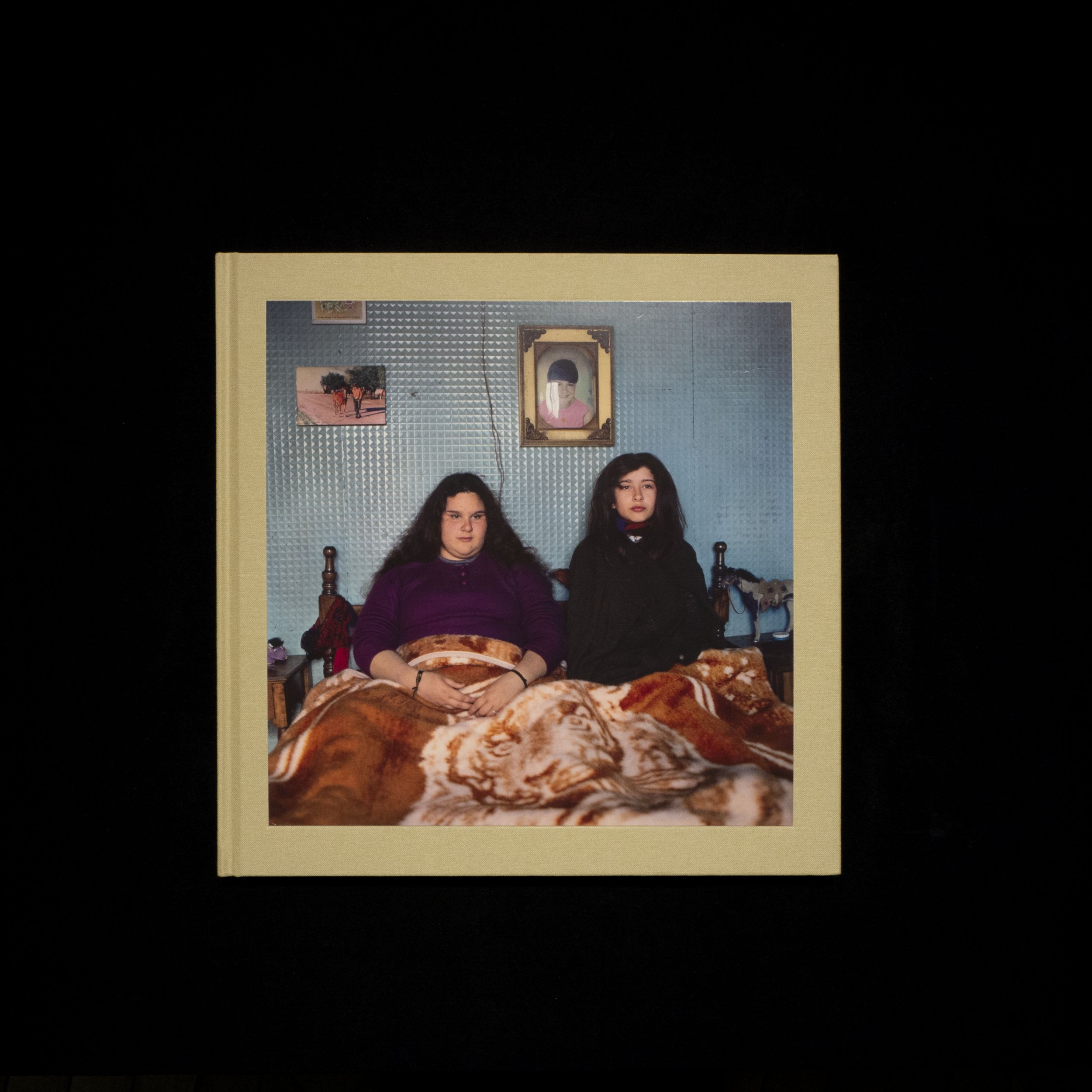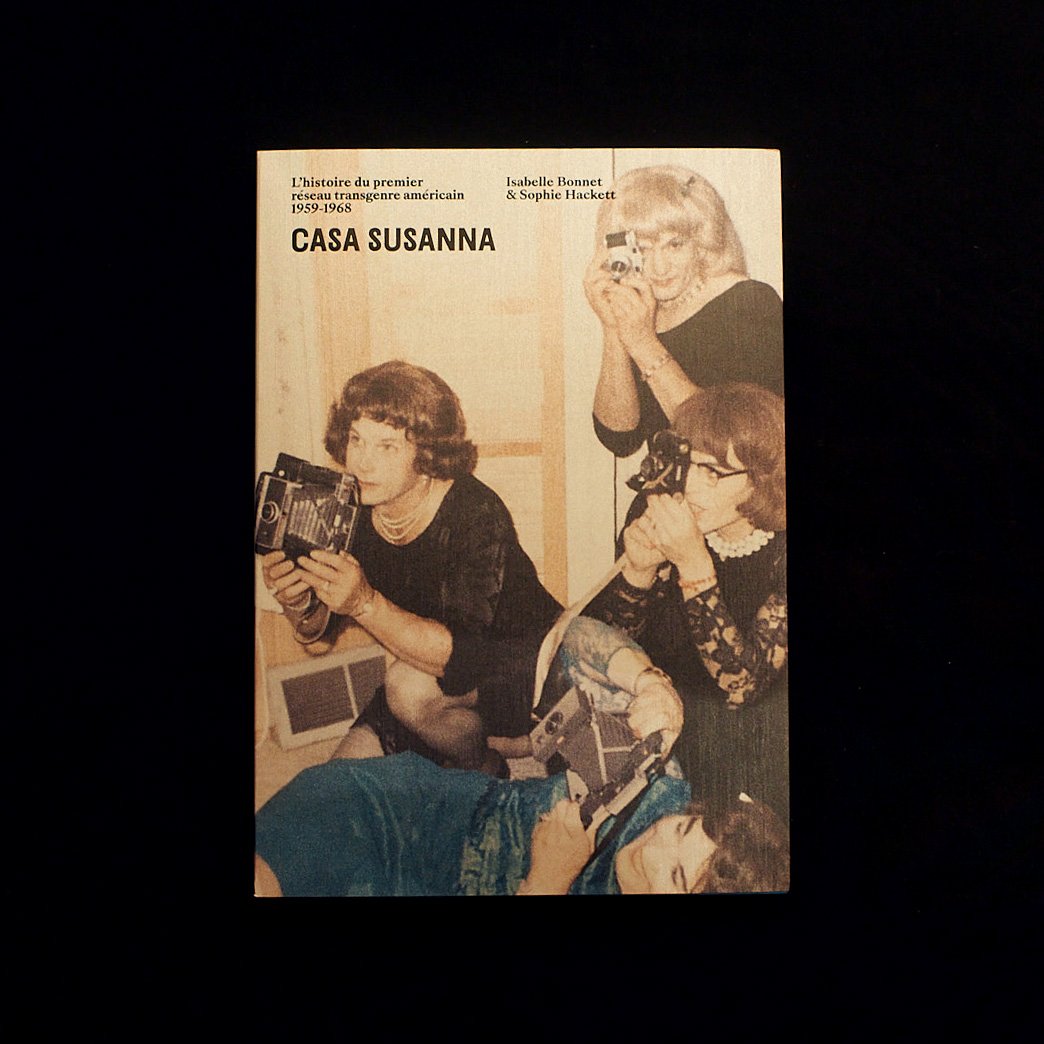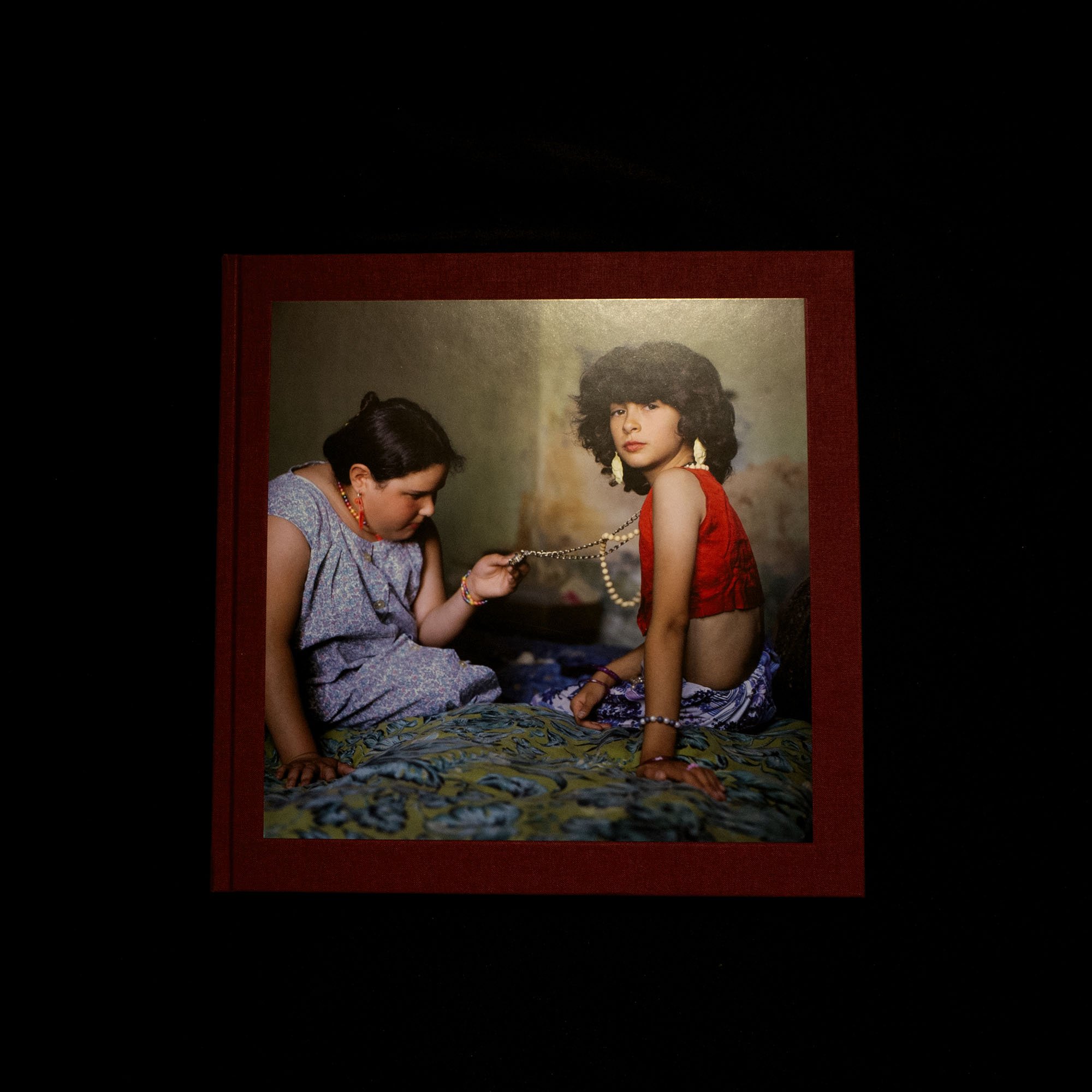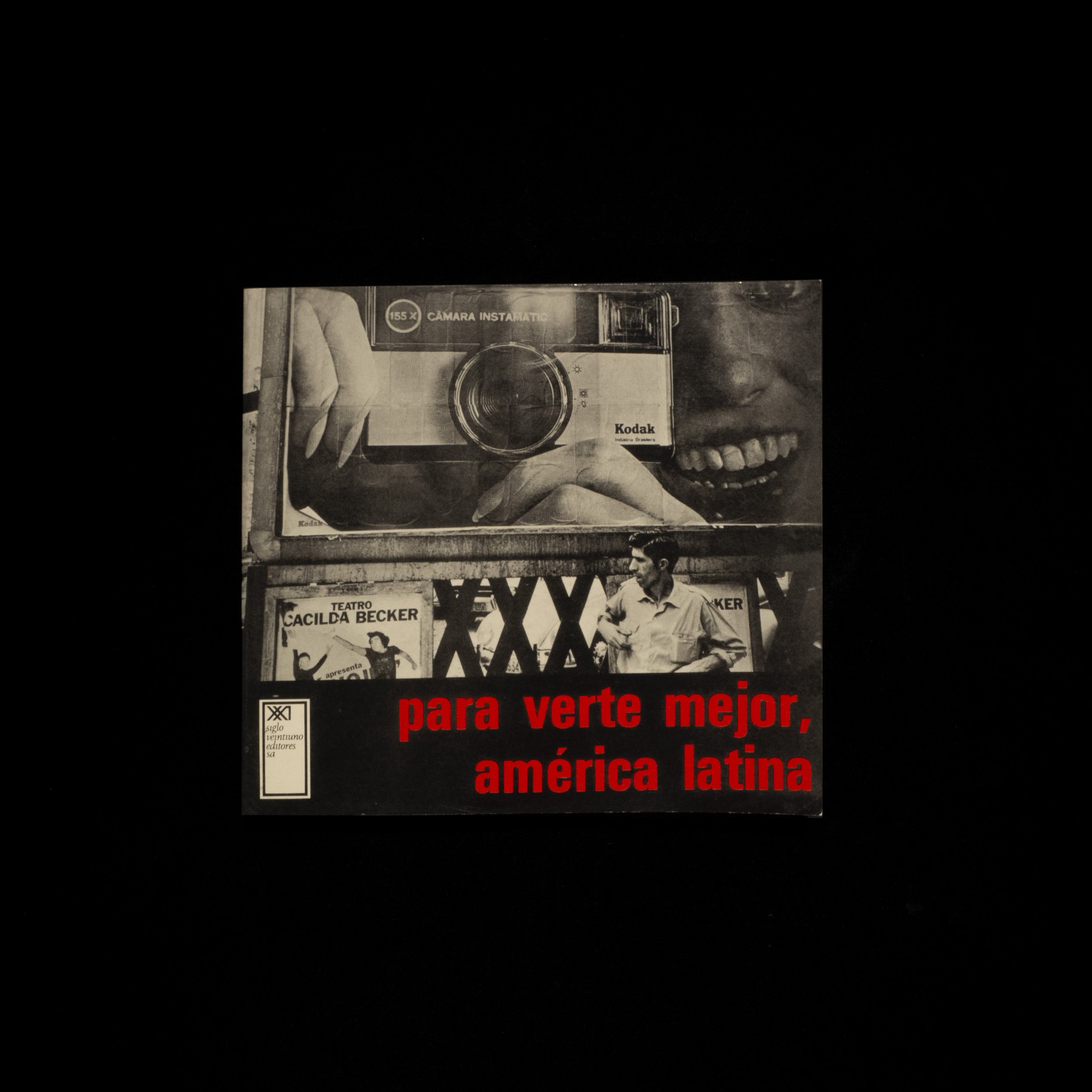 Image 1 of 2
Image 1 of 2

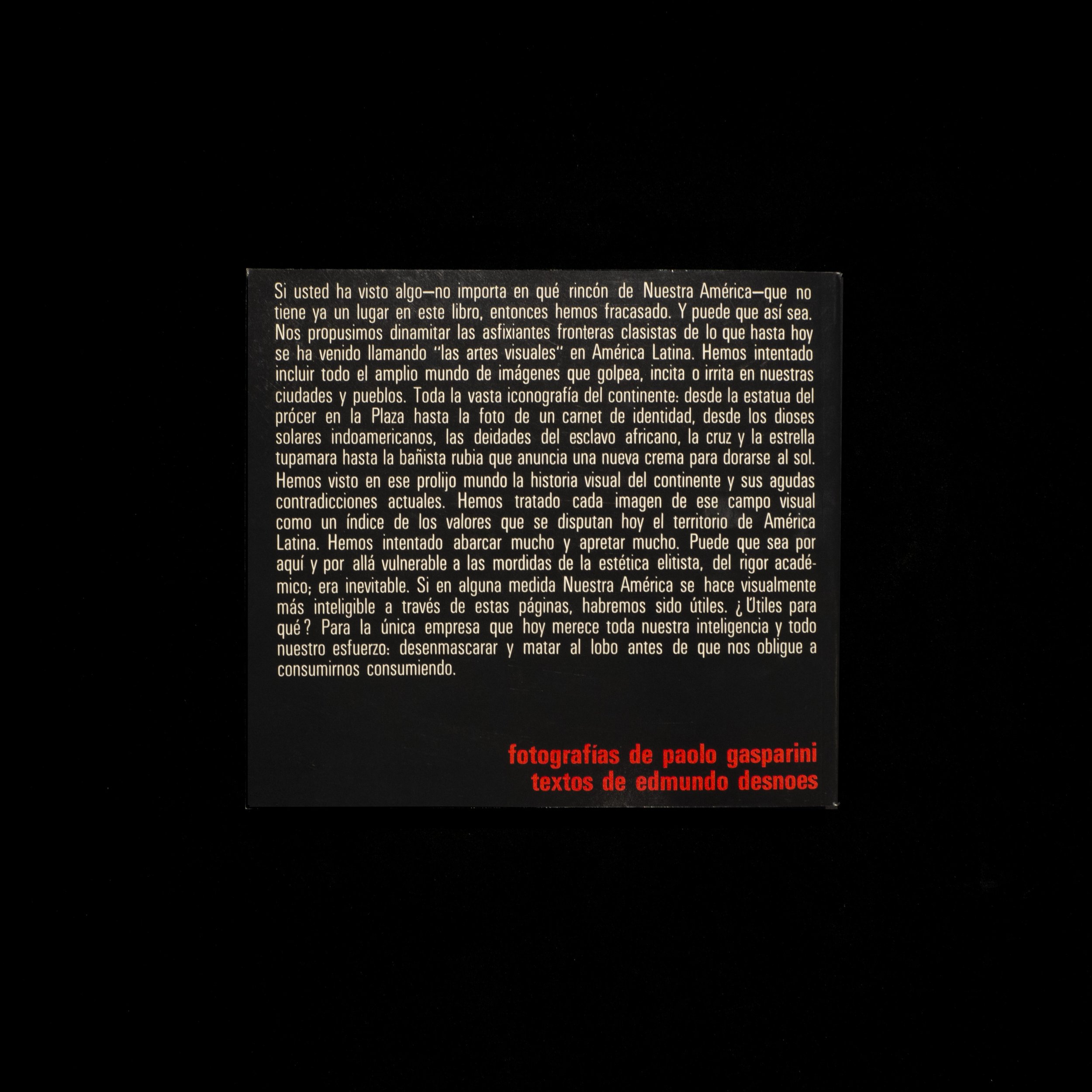 Image 2 of 2
Image 2 of 2



PARA VERTE MEJOR AMERICA LATINA - Paolo Gasperini
The genesis of book photo Para verte mejor América Latina dates back to 1970 and 1972, when Paolo Gasparini worked as photographer for UNESCO on a project on modern architecture Latin America. In the course of his travels, while photographing the buildings from a point of view from an academic point of view, he felt the need to investigate the life that lurks the monument.
This another work, the photographic series which gave rise to Para verte mejor América Latina, tackles the urban landscape , social and cultural of Latin America , understood as a " vast battlefield ", a continent ideologically divided between socialism and capitalism. The political position defended in the book is clear, as it ends its pages with the revolution Cuban and its leader, Fidel Castro, as a call to hope.
Le livre, publié au Mexique en 1972 par Siglo XXI Editores sous la direction d'Arnaldo Orfila, a été conçu par Umberto Peña et présentait les textes compromis du Cubain Edmundo Desnoes. Pour son organisation interne, un montage séquentiel a été réalisé en utilisant la double page pour configurer une « dialectique des opposés », recours à la théorie du montage cinématographique de Sergei Eisenstein : les symboles du libéralisme économique vorace entrent en collision avec les icônes politiques de la révolution socialiste. Le titre fait référence au conte du Petit Chaperon Rouge, où le loup féroce serait personnifié par le colonialisme économique, social et culturel. Il souligne également l'exploration que ce travail effectue sur le regard, compris comme une forme de domination. La culture visuelle latino-américaine complexe, métisse et contradictoire est comprise comme un territoire contesté, composé de différentes strates, de "systèmes visuels entrelacés" et en lutte pour l'hégémonie : les iconographies autochtones, catholiques, états-nations, capitalistes ou révolutionnaires se disputent l'imaginaire de la ville globale latino-américaine et de ses habitants.
Copy from The protest box: on sale only with the box.
The genesis of book photo Para verte mejor América Latina dates back to 1970 and 1972, when Paolo Gasparini worked as photographer for UNESCO on a project on modern architecture Latin America. In the course of his travels, while photographing the buildings from a point of view from an academic point of view, he felt the need to investigate the life that lurks the monument.
This another work, the photographic series which gave rise to Para verte mejor América Latina, tackles the urban landscape , social and cultural of Latin America , understood as a " vast battlefield ", a continent ideologically divided between socialism and capitalism. The political position defended in the book is clear, as it ends its pages with the revolution Cuban and its leader, Fidel Castro, as a call to hope.
Le livre, publié au Mexique en 1972 par Siglo XXI Editores sous la direction d'Arnaldo Orfila, a été conçu par Umberto Peña et présentait les textes compromis du Cubain Edmundo Desnoes. Pour son organisation interne, un montage séquentiel a été réalisé en utilisant la double page pour configurer une « dialectique des opposés », recours à la théorie du montage cinématographique de Sergei Eisenstein : les symboles du libéralisme économique vorace entrent en collision avec les icônes politiques de la révolution socialiste. Le titre fait référence au conte du Petit Chaperon Rouge, où le loup féroce serait personnifié par le colonialisme économique, social et culturel. Il souligne également l'exploration que ce travail effectue sur le regard, compris comme une forme de domination. La culture visuelle latino-américaine complexe, métisse et contradictoire est comprise comme un territoire contesté, composé de différentes strates, de "systèmes visuels entrelacés" et en lutte pour l'hégémonie : les iconographies autochtones, catholiques, états-nations, capitalistes ou révolutionnaires se disputent l'imaginaire de la ville globale latino-américaine et de ses habitants.
Copy from The protest box: on sale only with the box.


